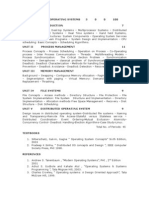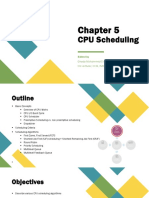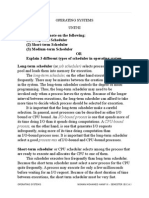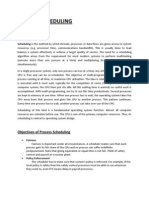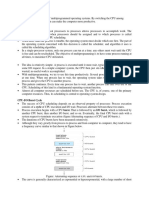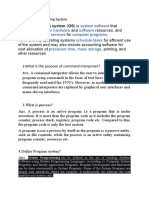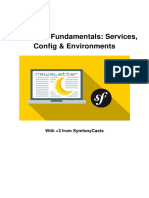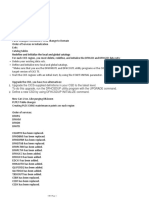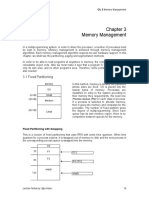0% found this document useful (0 votes)
5 views14 pagesQB Module II
The document is a question and answer bank for CST 206 Operating System, focusing on various concepts related to processes, scheduling algorithms, and inter-process communication. It covers definitions, states of processes, CPU scheduling methods, and the benefits of multithreading, among other topics. Additionally, it discusses specific scheduling algorithms like First-Come, First-Served, Shortest Job First, and Round Robin, along with their advantages and disadvantages.
Uploaded by
theerthasjoyCopyright
© © All Rights Reserved
We take content rights seriously. If you suspect this is your content, claim it here.
Available Formats
Download as PDF, TXT or read online on Scribd
0% found this document useful (0 votes)
5 views14 pagesQB Module II
The document is a question and answer bank for CST 206 Operating System, focusing on various concepts related to processes, scheduling algorithms, and inter-process communication. It covers definitions, states of processes, CPU scheduling methods, and the benefits of multithreading, among other topics. Additionally, it discusses specific scheduling algorithms like First-Come, First-Served, Shortest Job First, and Round Robin, along with their advantages and disadvantages.
Uploaded by
theerthasjoyCopyright
© © All Rights Reserved
We take content rights seriously. If you suspect this is your content, claim it here.
Available Formats
Download as PDF, TXT or read online on Scribd
/ 14








